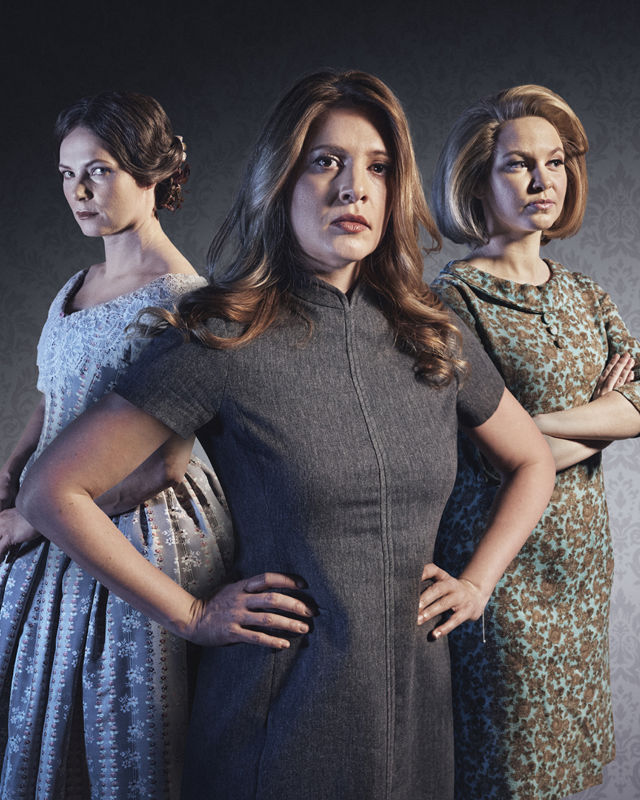Bluebeard's
Castle

Who do you let inside?
Three intense works about the many chambers of love: Duke Bluebeard's Castle by Bartók, Frauenliebe und –leben by Schumann and A Florentine Tragedy by Zemlinsky.
Drama behind closed doors
The three works come together in an unique performance by director Tobias Kratzer, exposing to us the dark nooks and crannies of relationships.
Join us on a journey through time, but without changing location: An apartment where different couples through different times live through days and nights, hope and despair, life and death.
Our lives unfold behind closed doors. The fiercest dramas are played out between two persons who share their lives together. That's what awaits. That's where it burns, both now and then.
You may very well end up confronting yourself. After all, does anyone really change? Can we free ourselves from old habits? Or are we simply echoing those who have lived here before us?
 Tobias Kratzer / Photo: Julian Baumann
Tobias Kratzer / Photo: Julian Baumann
A Kinder Surprise of a performance
This is an opportunity to experience fierce music and three significant works interwoven into one intense narrative that spans different eras, from the beginning of the 19th century to the present day.
Read more hereDistinguished composers, distinguished artists
The evening starts with Robert Schumann's song cycle Frauenliebe und –leben (1841), continues with Béla Bartók's Duke Bluebeard's Castle (1918) and ends with A Florentine Tragedy (1915–16) by Alexander Zemlinsky.
All three are staged by director Tobias Kratzer, one of the most exciting directors in today’s opera world. The conductor is Edward Gardner, the new music director of the Norwegian National Opera & Ballet.
Read more hereTobias Kratzer Is Leading Opera’s Next Generation of Directors.
New York Times
Synopsis
The evening Bluebeard’s Castle brings together three masterpieces from the 19th and 20th centuries, in which the relationship between women and men is negotiated in different ways, into one continuous narrative.
Robert Schumann: Women's Love and Life
The nameless protagonist of the song cycle experiences an exemplary female fate around 1840: first love, marriage, married life, birth and finally: death. Her feelings and thoughts always remain focused on her husband, who appears increasingly absent over the course of the eight songs.
Béla Bartók: Duke Bluebeard's Castle
Duke Bluebeard brings home a new woman: Judith. She is fascinated by the secrets that seem to surround the mysterious stranger, he by the joy and brightness that she wants to bring into the house. But little by little, Judith opens seven locked doors and discovers Bluebeard's past life – and his previous wives. While Bluebeard woos Judith more and more, she has a far-reaching decision to make.
Alexander von Zemlinsky: A Florentine Tragedy
Bianca and Simone are in bourgeois but liberal marriage. When Simone catches his wife having an affair with the young Guido Bardi, he initially appears to be tolerant. But spurred on by Bianca's disappointment with his passive behavior and Guido Bardi's competitiveness, Simone experiences a resurgence of outdated gender roles and behavioral patterns. The “ménage à trois” escalates into a deadly confrontation.














